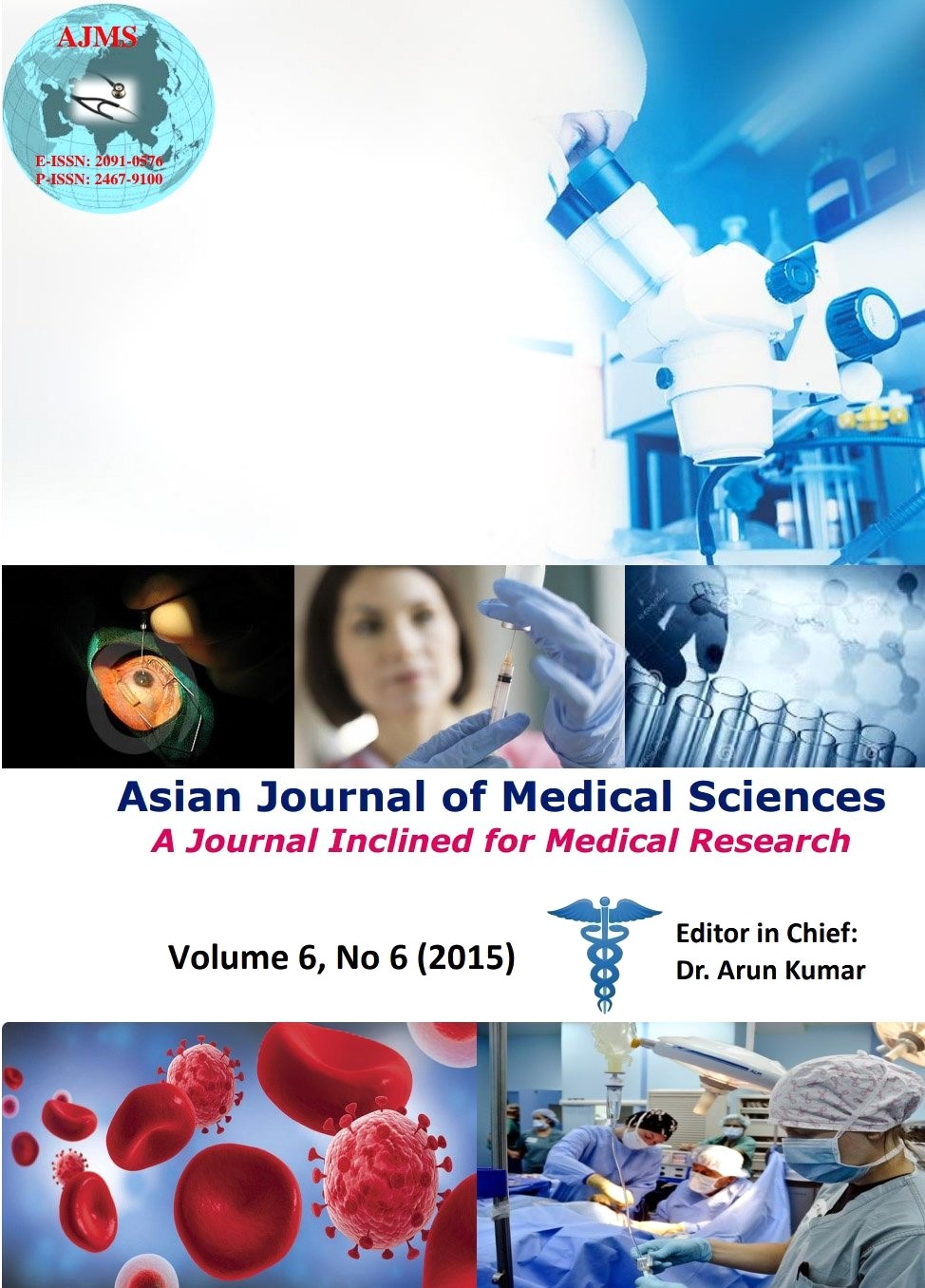Placental malarial parasitaemia and pregnancy outcome among parturients in a tertiary hospital in South- South Nigeria
Keywords:
Placental parasitaemia, pregnancy outcome, UyoAbstract
Background: Malaria is the most common human parasitic disease and continues to be a complex and overwhelming global health problem, especially in sub-Saharan Africa. Placental malaria, one of the major features of malaria in pregnancy has been associated with serious adverse health consequences to both the mother and her fetus.
Objective: This study sought to determine the prevalence of maternal, cord, and placental malarial parasitaemia at parturition, the association between maternal and placental parasitaemia, and also the association between placental parasitaemia and pregnancy outcomes.
Materials and Methods: A descriptive cross-sectional design was used to study 330 pregnant women selected by the systematic random sampling technique as they presented in the labour ward of University of Uyo Teaching Hospital, Uyo between April, 2012 and September, 2012. Pre-delivery, maternal peripheral blood was taken for malaria parasite (MP) and packed cell volume (PCV). Post delivery, cord blood was taken for MP and PCV estimation while placental blood was examined for MP. Neonatal demographic and clinical characteristics were also obtained. The data was analyzed using SPSS version 17. Level of statistical significance was set at P less than 0.05 (P < 0.05).
Results: The mean age of the respondents was 28.8 ± 4.4 years. The prevalence of maternal, cord, and placental parasitaemia were 30.3%, 14.8% and 18.2% respectively. There was a strong correlation between maternal parasitaemia and placental parasitaemia (rho = 0.75, P< 0.001). Also, a significant linear association between cord parasitaemia and placental malaria (rho = 0.87, p< 0.001) was found. Placental malaria predisposed to low birth weight (OR 1.01{95%CI 1.001 – 1.02}, p = 0.04) and fetal anaemia (OR 1.02{95%CI 1.01 – 1.03}, p < 0.001.
Conclusion: There is a relatively high prevalence of placental parasitaemia at parturition. Placental malaria is associated with adverse pregnancy outcomes such as low birth weight, fetal anaemia and cord parasitaemia. Proven strategies to prevent malaria in pregnancy such as use of ITNs and IPT and free antenatal care should be intensified to curb this deadly but preventable disease.
Downloads
Downloads
Published
How to Cite
Issue
Section
License
Authors who publish with this journal agree to the following terms:
- The journal holds copyright and publishes the work under a Creative Commons CC-BY-NC license that permits use, distribution and reprduction in any medium, provided the original work is properly cited and is not used for commercial purposes. The journal should be recognised as the original publisher of this work.
- Authors are able to enter into separate, additional contractual arrangements for the non-exclusive distribution of the journal's published version of the work (e.g., post it to an institutional repository or publish it in a book), with an acknowledgement of its initial publication in this journal.
- Authors are permitted and encouraged to post their work online (e.g., in institutional repositories or on their website) prior to and during the submission process, as it can lead to productive exchanges, as well as earlier and greater citation of published work (See The Effect of Open Access).




